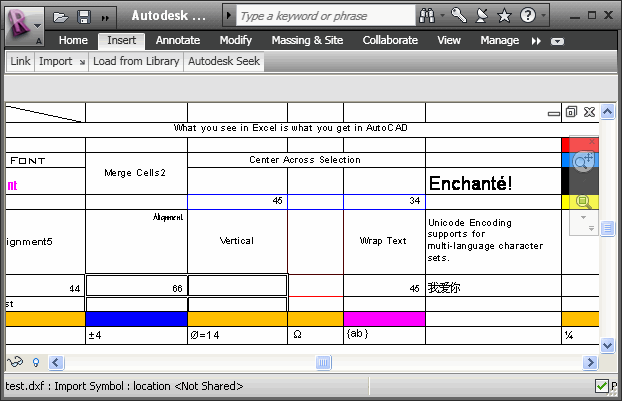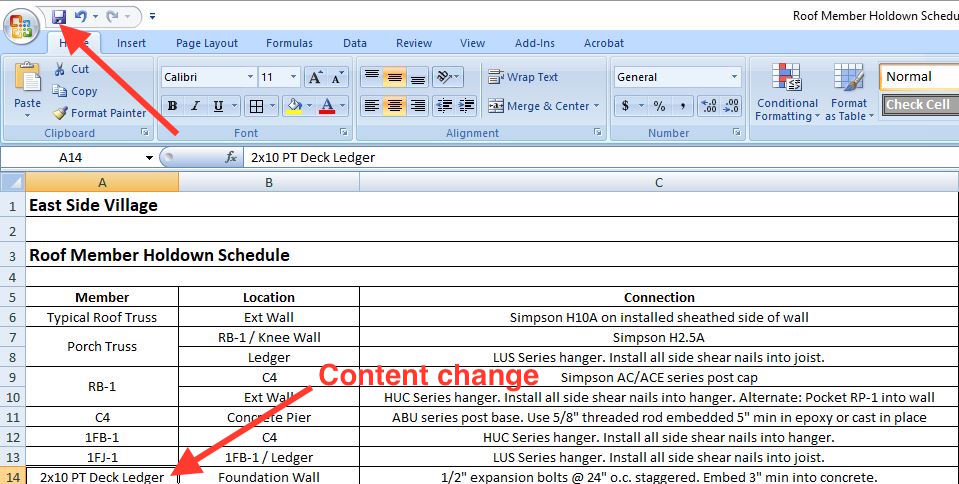Boost Your Workflow with Effective Revit Add Ins
Wiki Article
Damaging Obstacles: Excel Importation Techniques for Advanced Revit Users
Discover numerous data importation approaches and master Excel combination to improve your Revit modeling capacities. With our ideas and techniques, you can overcome importation challenges and end up being a true professional in using Excel for your Revit jobs.Advanced Revit Users: Leveraging Excel for Importation
You can conveniently leverage Excel for importation as an innovative Revit user. Excel is an effective device that can significantly improve your operations and efficiency in Revit. With its capability to deal with huge quantities of data and do complex calculations, Excel can be a valuable asset in managing and organizing your project info.One means to take advantage of Excel for importation is by utilizing the "Web link Excel" attribute in Revit. This function enables you to connect an Excel spreadsheet directly right into your Revit task, allowing you to update and integrate information between the two programs. This can be particularly helpful when managing schedules or tracking modifications in your project.
Another means to make use of Excel is by making use of the "Import/Export" attribute in Revit. This function permits you to import and export information in between Revit and Excel, giving you the versatility to deal with data in both programs. You can import data from Excel into Revit to create elements such as rooms, doors, or walls, and you can likewise export data from Revit to Excel for further analysis or coverage.

Exploring Information Importation Methods in Revit Making Use Of Excel
Discovering exactly how to import data from Excel right into Revit supplies efficient techniques for integrating info. When you import information from Excel, you can perfectly move data such as space timetables, material lists, and equipment data right into your Revit project. This process enables you to save time and effort by avoiding hand-operated data entry.To import information from Excel right into Revit, you can utilize the "Import/Export" feature. This function enables you to map the Excel information fields to the matching Revit parameters, ensuring that the information is correctly assigned within the design. By choosing the proper import choices, you can control just how the data is imported and exactly how it engages with your job.
Another method for importing data from Excel right into Revit is by making use of Dynamo. Dynamo is a visual programs device that integrates with Revit and enables you to automate operations and jobs. With Dynamo, you can produce custom scripts that import data from Excel and manipulate it within your Revit project. This approach provides much more versatility and modification alternatives.
Grasping Excel Integration for Advanced Revit Modeling
Grasping Excel integration for innovative Revit modeling involves utilizing effective approaches to flawlessly move information and automate tasks within your project. By taking advantage of the power of Excel, you can boost your Revit modeling process and conserve useful time. One key strategy is importing data from Excel spread sheets directly into your Revit design. This permits you to occupy criteria, such as room names or material quantities, effortlessly. With a few straightforward actions, you can map the Excel columns to the corresponding Revit parameters and import the information precisely.Another helpful technique is exporting information from Revit to Excel. This allows you to extract information from your design, such as routines or product quantities, and analyze it in Excel utilizing solutions, charts, or various other effective tools. By leveraging the capacities of Excel, you find out here can execute complex estimations, create customized reports, and gain important understandings into your project.
In enhancement to data transfer, Excel assimilation can automate repetitive tasks in Revit. By creating macros or scripts in Excel, you can automate procedures like creating sights, creating sheets, or applying typical families - revit tools. This not only saves time however also ensures consistency across your task
To master Excel assimilation in Revit, it is critical to recognize the information framework and how Revit communicates with Excel. By familiarizing yourself with the available devices and strategies, you can unlock the full capacity of Excel integration and take your Revit modeling to the next degree.
Overcoming Importation Challenges: Excel Techniques for Revit Professionals
When getting over importation difficulties, it's crucial to be familiar with effective Excel techniques that can benefit experts in Revit. As an advanced Revit user, you comprehend the relevance of seamlessly importing data from Excel right into your tasks.
An additional helpful method is using the "Transpose" feature in Excel. This permits you Read Full Article to convert information from rows to columns or the other way around. When importing data into Revit, this can be particularly valuable when you have information in a vertical style in Excel, but you require it to be in a horizontal style in Revit.
Moreover, making use of Excel formulas such as VLOOKUP and INDEX-MATCH can considerably aid in mapping data from Excel to Revit. These formulas permit you to look for details worths in Excel and retrieve equivalent information from an additional column. When importing big datasets into Revit., this can conserve you time and effort.
Excel Data Importation Idea for Advanced Revit Users
By familiarizing yourself with reliable Excel suggestions and methods, you can enhance your information importation process as an advanced customer of Revit. Furthermore, using Excel's "Paste Unique" attribute permits you to paste data from Excel into Revit while maintaining formatting, such as cell shade or font design. An official website additional practical trick is to make use of Excel's "Change and discover" function to quickly make modifications to your data prior to importing it into Revit.
Conclusion
You have actually now found out valuable strategies for importing information from Excel into Revit as a sophisticated individual. By leveraging the power of Excel integration, you can enhance your modeling process and get over any type of importation challenges that may arise. With these tricks and pointers, you will certainly be able to master data importation and improve your Revit abilities. Go ahead, break those obstacles and stand out in your Revit jobs!
When importing data into Revit, this can be specifically handy when you have information in an upright format in Excel, but you need it to be in a straight format in Revit.
In addition, making use of Excel formulas such as VLOOKUP and INDEX-MATCH can substantially aid in mapping information from Excel to Revit. Additionally, utilizing Excel's "Paste Unique" feature enables you to paste data from Excel into Revit while preserving format, such as cell shade or font design.
Report this wiki page